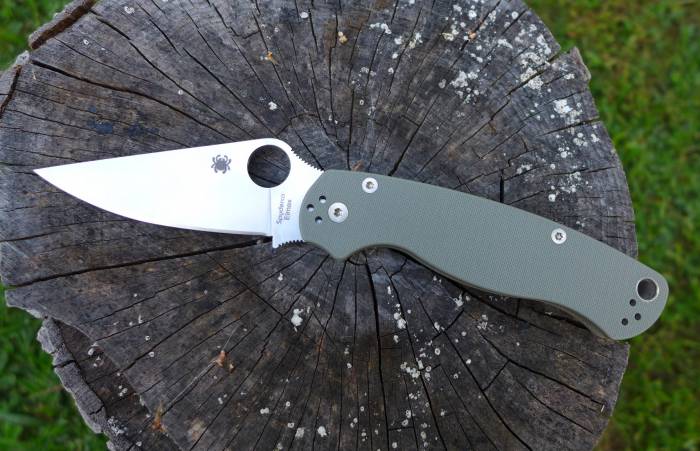Throughout history, folding knives have served as indispensable tools for various purposes, from daily utility to specialized culinary tasks. As a kitchen professional, understanding the rich history of folding knives not only deepens appreciation for this essential tool but also enhances one's craftsmanship in the culinary world.
The journey of folding knives is a testament to human ingenuity and adaptation. From their rudimentary beginnings to the sophisticated versions we use today, folding knives have evolved significantly. This evolution reflects changes in technology, culture, and the needs of society, making them a fascinating subject for any kitchen professional keen on mastering their tools.

Ancient Beginnings of Folding Knives
The origins of folding knives date back to the Iron Age, around 600-500 BC. Archaeological findings in regions such as Europe and the Mediterranean have uncovered primitive folding knives, which were essentially small blades with a pivot allowing them to fold into a handle. These early versions were not only practical for portability but also a safer alternative to fixed blades.
In ancient Rome, folding knives became more common among the populace. Roman folding knives were often used for various tasks, including eating, cutting, and shaving. The portability and convenience of these tools made them valuable assets for soldiers and travelers alike.
Medieval Advancements
During the medieval period, the folding knife continued to evolve. The introduction of the slip joint mechanism was a significant advancement. This mechanism, which is still popular today, uses a spring to hold the blade open or closed, providing increased safety and reliability. As metalworking techniques improved, blades became more durable and sharper, enhancing their utility in the kitchen and beyond.
The folding knife also became a symbol of status during this time. Nobles and merchants often carried ornately decorated knives, sometimes inlaid with precious metals and stones. These knives were not only tools but also statements of wealth and craftsmanship.
The Renaissance and Industrial Revolution
The Renaissance period saw further refinements in folding knife design. As trade routes expanded, new materials and designs were introduced from different cultures. The hawkbill blade, for instance, found popularity due to its unique shape and cutting efficiency.
With the advent of the Industrial Revolution, the mass production of folding knives became possible. Factories could produce knives quickly and efficiently, making them more accessible to the general public. This era also saw the introduction of new blade steels, enhancing durability and sharpness.
Modern Innovations
Today, folding knives are a staple in both professional and home kitchens. Modern designs incorporate advanced materials such as stainless steel, titanium, and carbon fiber, offering unparalleled performance and durability. Innovations in locking mechanisms, such as liner locks and frame locks, provide enhanced safety and ease of use.
For kitchen professionals, the folding knife offers versatility and reliability. Whether you're using it for intricate vegetable prep or as an everyday carry tool, the modern folding knife is an indispensable part of the culinary toolkit.
Conclusion: The Folding Knife's Legacy
The history of folding knives is a rich tapestry of innovation and adaptation. For kitchen professionals, understanding this history enhances one's appreciation and mastery of this essential tool. As folding knives continue to evolve, they remain a testament to human ingenuity and a vital component of the culinary arts.
For more information on the types of knives and their uses, you might find this comprehensive guide insightful.

FAQs
What makes folding knives different from fixed blades?
Folding knives are designed with a pivot mechanism allowing the blade to fold into the handle, making them more portable and safer for everyday carry. In contrast, fixed blades are often sturdier and better suited for heavy-duty tasks.
Are folding knives suitable for professional kitchen use?
Yes, modern folding knives offer versatility and precision, making them suitable for various culinary tasks. However, their suitability depends on the specific requirements of the task at hand.
How have modern materials improved folding knives?
Advancements in materials such as stainless steel and carbon fiber have enhanced the durability, sharpness, and weight of folding knives, making them more efficient and reliable tools in both professional and home kitchens.
This article contains affiliate links. We may earn a commission at no extra cost to you.


























